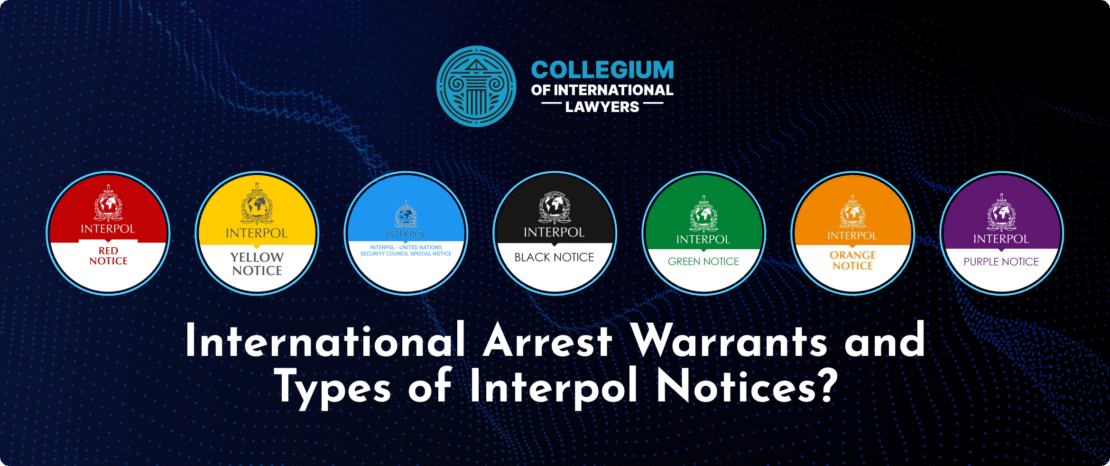
The Rise of the Russian Mafia: From Shadows to Power
The rise of the Russian mafia has been a complex journey, intricately interwoven with the socio-political landscape of Russia over the past decades. The historical roots of organized crime in Russia can be traced back to the early 20th century, but it was the dissolution of the Soviet Union that provided fertile ground for the mafia to flourish. This article will explore the evolution of the Russian mafia, its major organizations, key figures, and the implications of its rise on both Russian society and the global criminal landscape.
Historical Background
The concept of organized crime in Russia predates the Soviet era, with various criminal elements existing during the Tsarist regime. However, following the Russian Revolution of 1917 and the subsequent establishment of Soviet governance, traditional forms of crime were suppressed, albeit never fully eradicated. The government’s attempts to eliminate crime often resulted in the formation of criminal groups that operated in secrecy, which laid the groundwork for the future emergence of structured criminal organizations.
During the Stalinist period, these criminal groups, known as „thieves-in-law“ (vory v zakone), began to consolidate their power. These individuals adhered to a strict code of conduct and distinguished themselves through their shared experiences in the penal system, effectively creating an underground society that would prove resilient against the state.
The Collapse of the Soviet Union and the Mafia’s Ascent

The collapse of the Soviet Union in 1991 was a significant turning point for the Russian mafia. With the disintegration of state control and widespread corruption, a power vacuum emerged that was quickly filled by various criminal factions. The fall of socialism led to unprecedented opportunities for illegal business ventures and the proliferation of organized crime. This era marked the beginning of the „wild 90s,“ a time characterized by violent turf wars, extortion, and a race to seize control over lucrative markets.
As the state weakened, the mafia began to infiltrate legitimate businesses, forming partnerships with corrupt politicians and officials. This symbiotic relationship allowed criminal organizations not only to consolidate their power but also to gain legitimacy in the eyes of the public. The mafia became synonymous with power and influence, creating a surreal blend of crime and politics that is still prevalent in Russia today.
Major Organizations and Key Figures
Among the most prominent criminal organizations that emerged during this time was the Solntsevskaya Bratva, which is often considered one of the largest and most powerful mafia groups in Russia. Operating out of Moscow, this organization engaged in various illicit activities, including drug trafficking, arms deals, and money laundering. The group garnered a reputation for extreme violence and was involved in numerous high-profile assassinations.
Another notorious gang is the Tambov Gang, which originated in St. Petersburg and expanded its operations throughout the country. Led by figures such as the infamous gangster Tamerlan Tzariev, this group engaged in racketeering, extortion, and control over legitimate businesses, showcasing the mafia’s ability to adapt and thrive in a chaotic environment.
Key figures within the Russian mafia have often demonstrated a complex relationship with the state. Some criminals have transitioned into legitimate business leaders, while others have maintained a firm grip on their illegal operations. Many have also sought to establish connections with international crime syndicates, further amplifying their influence beyond Russian borders.
The Impact of the Russian Mafia

The rise of the Russian mafia has had profound implications for both Russian society and the global criminal landscape. In Russia, the mafia’s infiltration into various sectors of the economy has perpetuated corruption, undermined the rule of law, and stymied economic progress. The alliance between the state and organized crime has created a culture of fear, making it challenging for ordinary citizens to seek justice or challenge corrupt practices.
Internationally, the Russian mafia has established itself as a formidable player in global organized crime. With ties to drug cartels, human trafficking networks, and arms dealers, Russian criminal organizations have expanded their reach into Europe, the United States, and beyond. This globalization of organized crime poses significant challenges for law enforcement agencies, complicating efforts to combat transnational criminal activities.
Modern-Day Mafia and Future Prospects
In recent years, the Russian mafia has continued to evolve, adapting to new technologies and global dynamics. The digital age has provided new avenues for criminal enterprises, with cybercrime becoming an increasingly significant aspect of organized crime. Russian hackers are renowned for their sophisticated attacks and are often linked to larger criminal organizations that use the cover of anonymity to conduct illicit operations.
Despite efforts by the Russian government and international authorities to combat organized crime, the mafia remains resilient. The intertwining of political power and criminal influence complicates any attempts at reform. Law enforcement agencies often face obstacles due to corruption within their ranks, making it challenging to address the deep-rooted issues that perpetuate organized crime.
Conclusion
The rise of the Russian mafia is a testament to the power of organized crime in the face of societal upheaval. From its historical roots to its current status as a global threat, the evolution of the Russian mafia reflects the intricate relationship between crime, politics, and society. As long as the state remains fraught with corruption and the rule of law is undermined, the mafia’s hold on power will likely continue, posing ongoing challenges for both Russia and the international community.




